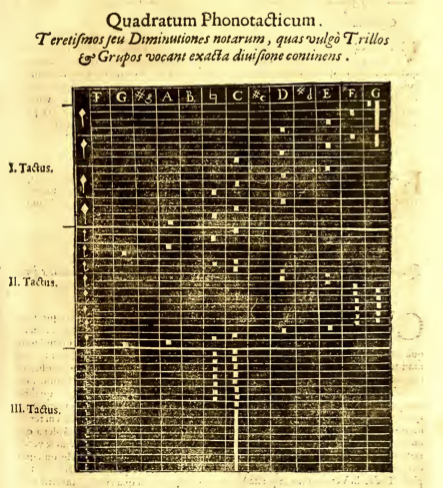HfG Karlsruhe was founded exactly 30 years ago, in April 1992, with the mission to introduce students to the “new media” of the time, i.e. digital technologies, and to their application in art and design.
Back in the 1990s, digital technologies were embraced as a truly creative, democratic and ‘horizontal’ revolution. Today the perception has changed. Digital technologies did revolutionise many aspects of our life, but also brought new problems: they offered a world of free communication and online services, and at the same time engendered new forms of surveillance, monopoly, infowar, and last but not least a multiplication of underpaid jobs. As any other Kulturtechnik, the power of the digital is ambivalent: it is a power to create and a power to control. The digital is not “free” as it may appear and it condenses several layers of ghost work, social discrimination, and environmental costs.
The course helps students to understand what digital culture is from a larger historical and political perspective and not just from a technical angle. What is digital culture, by the way? Digital culture is, in short, the culture that is made, communicated, archived, and analysed through information technologies such as digital computers, networks, datacenters and more recently AI models. The course offers a overarching approach to see digital artefacts in the long perspective and in a comprehensive way. It is divided in five parts.
1. Information societies before computers. The first part stresses that information societies have existed since millennia, well before computers came to be and beyond Western computer science. Numbers have been always key to run the “colonial imagination” (Appadurai 1993) and the internal politics of European states (Hacking 1983). As the above page from Athanasius Kirchner’s manuscript Musurgia Universalis illustrates, numerical matrices were used to control machines (such as a music organ in this case) at least as early as 1650, they are not a recent invention.
2. The evolution of the digital form. The second part focuses on the evolution of digital artefacts (such as digital files, texts, and images) in the last decades. It shows how digital computers were connected to build digital networks, how digital networks and social media produced an information overflow that had to be stored in vast datacenters, how eventually these vast datasets needed powerful algorithms to be analysed, such as machine learning (AI). From this perspective, the digital is not a static format but one in becoming. It is a process of continuous abstraction yet its origin is material (let’s not forget that the term digital originates from the Latin word for “finger”).
3. The new tools of the Digital Humanities. The third part covers the disciplines that were invited or invented anew to study digital culture. Not only cultural, visual, and media studies, aesthetics, sociology, media archeology, and history of science and technology, but also novel disciplines such as digital humanities and cultural analytics. Digital tools indeed changed also the way we teach, learn and also write history (see the methodology of “distant reading”).
4. Information as a social difference. The fourth part acknowledges the untold of digital culture, that is the forms of exploitation, discrimination (Benjamin 2019, Chun 2021) and dispossessions (Franklin 2021) which reiterate old colonial and class relations. Whereas cyberneticians maintained that information is “a difference that makes a difference” (Bateson 1972), critical theory scholars have realised that information is actually “a difference that makes a social difference” (Beller 2021). Digital media are also responsible for the easy manipulation and polarisation of public opinion, as the recent meme wars and hate campaigns on social media testify.
5. The infosphere in the age of Anthropocene. Finally, the fifth part illuminates the global “ecology” of digital information. The digital is part of a new complex world system that can be described as the composition of biosphere, ergosphere, technosphere, and infosphere (see Renn 2020). These macro-spheres are all entangled. Planetary computation comes with massive environmental costs but, at the same time, it has become part of the definition of nature itself: climate change can be measured and defined only through this very infrastructure of computation.
A certificate (Schein) is possible with credit in Media Philosophy. Students can a) make a project or deliver a presentation in class and write a short essay of ca. 10 pages, or b) write an extensive essay of ca. 20 pages. All materials will be shared via Dropbox.
Prof. Dr. Matteo Pasquinelli
mpasquinelli [∂] hfg-karlsruhe.de
Consultation hours: on appointment
Enrolment: via email or Moodle
Mondays 15:00 – 18:00 – Tuesdays, 14:00 – 17:00.
Bi-weekly. Course start: 25 April 2022
Language: English
Room: 115

